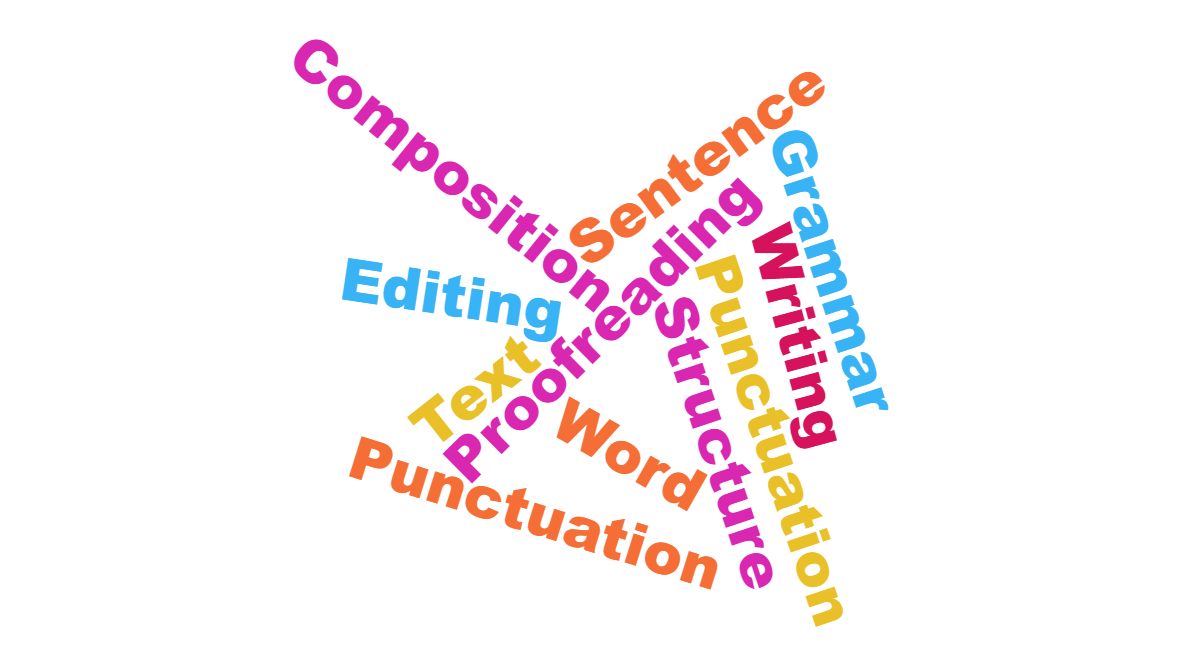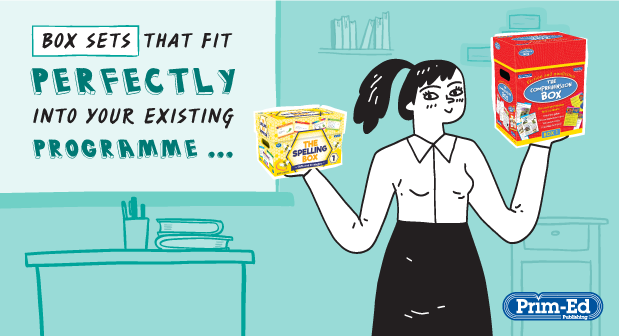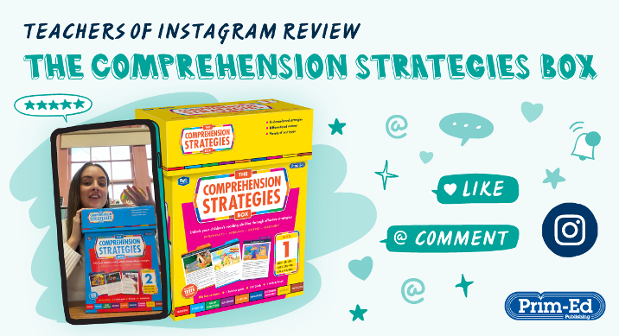- Monday 08 April 2019
By Shareen Mayers
Primary English adviser
What does it include?
- 6 books covering years 1 – 6
- Suitable for the curriculum in England, Northern Ireland, Republic of Ireland, Scotland and Wales
- Detailed teaching notes that explicitly explain key grammar terms
- Already planned exercises so that pupils can practise their skills
- Built in assessment activities after each unit.
Introduction
A salient point to note is that the national curriculum in England requires pupils to, ‘write clearly, accurately and coherently, adapting their language and style in and for a range of contexts, purposes and audiences.’ The Prim-Ed Teaching Writing Strategies books enables pupils to write accurately with a focus on making suitable word choices, sentence structure, punctuation and editing and proof-reading.
Structure of the books
Each subject area is broken down into units of work with a focus on word choices, sentence structure, punctuation, homophones, suffixes, general spelling and editing and proof-reading. It includes a handy definition of the key terms (e.g. verbs, adverbs, adverbials etc) and detailed subject knowledge to support teachers when teaching a particular area. Answers are provided for all activities and there are also assessment activities for every unit so that teachers can check their pupils’ knowledge and understanding. These activities can be used for whole class, small groups with a teaching assistant or as an intervention programme for pupils who need to review the basics. The real advantage here is that there are plenty of opportunities to revise, practise and consolidate a particular writing skill area.
The front pages explain how the book should be used. For each unit, the pupils are asked to discuss the text type, read and discuss the text and review their work. Using a key text is crucial so that pupils can view grammar being used in context, rather than a series of unrelated exercises. For example, the word ‘orange’ can be a noun (something to eat) or an adjective (describing a colour) depending on the context. Each activity gets increasingly more difficult and this supports challenge for the most able. There is a handy pupil writing checklist and a pupil self-evaluation sheet where pupils can explain what they did well and one thing that they might want to improve.
Word choices
Making adept and purposeful word choices are a key component in writing for a range of contexts, audiences and purposes. Pupils are asked to choose the appropriate noun for particular sentences and the questions are taken from a key text so that pupils can see words being used in context. Areas such as nouns, adjectives and pronouns are reviewed throughout all year groups but the text, questions and word classes increase in difficulty throughout the series. For example, pupils are gradually introduced to adverbs, adverbials and tense consistency in later books. This explicit teaching of word choices enables pupils to have a detailed understanding of how to improve their writing and how to make it more engaging for the reader.
Sentence structure
This section focuses on ensuring that sentences are coherent and makes sense to the reader. Pupils are asked to rewrite statements into complete sentences or to change the meanings of words in sentences. Essentially, pupils need to have an understanding that sentences normally have a subject (noun/pronoun) and a verb (or verb phase). In the earlier years (e.g. year 1 and 2), pupils need to understand that a sentence is about something and that the verb can be a ‘doing’ or ‘being’ verb (e.g. ‘was’ ‘is’ etc). The activities provided throughout the books enable pupils to identify sentences used in context and to decipher whether the edited sentences are sentences or not. This progresses from simple sentences, exploring statements, questions and commands to exploring, identifying and writing paragraphs. Pupils are introduced to the concept of a topic sentence to explain the main idea of a paragraph.
This section is very useful for reviewing previous learning and ensuring pupils have a good grasp of the basics in every year group. Furthermore, this is particularly suitable for pupils who need to refresh and review their knowledge of paragraphs, punctuation for direct speech or to understand how to use the apostrophe for possession. These are common areas that pupils often need extra support with to enable them to make progress in their writing.
Editing and proof-reading
One of the most pertinent writing skills is editing and proof-reading work once it is completed. Editing involves making changes to vocabulary, grammar and the checking whether everything makes sense. However, proof-reading is primarily for spelling and punctation. The two skills are quite distinct and different in many ways. It is suggested that these should be taught separately until pupils are competent to be able to combine the two skills.
The Prim-Ed Writing Strategies books have separated these skills for teachers and pupils. The word choices section provides an opportunity for pupils to practise improving their vocabulary and to consider the correct grammar with a focus on subject and verb agreement and using the correct tense. The editing section has a useful model of what editing should look like before pupils apply their skills to editing a text. Focus is given to applying their knowledge of aspects studied earlier on in the books so that they can consolidate and demonstrate their learning. For example, using the apostrophe. The proof-reading aspects look specifically at common homophones that pupils might spell incorrectly, such as ‘peace’ and ‘piece’ or ‘there’ and ‘their.’ All of these areas are commonly confused in pupils’ writing and so the activities are purposeful and useful.
Overall, these books are really valuable for teaching the ‘nuts and bolts’ of writing and supporting pupils who may need to revise and consolidate their key skills. They can be used for whole class or in small groups as an intervention resource. It is also beneficial that it incorporates revision of aspects that pupils often find tricky when writing.


